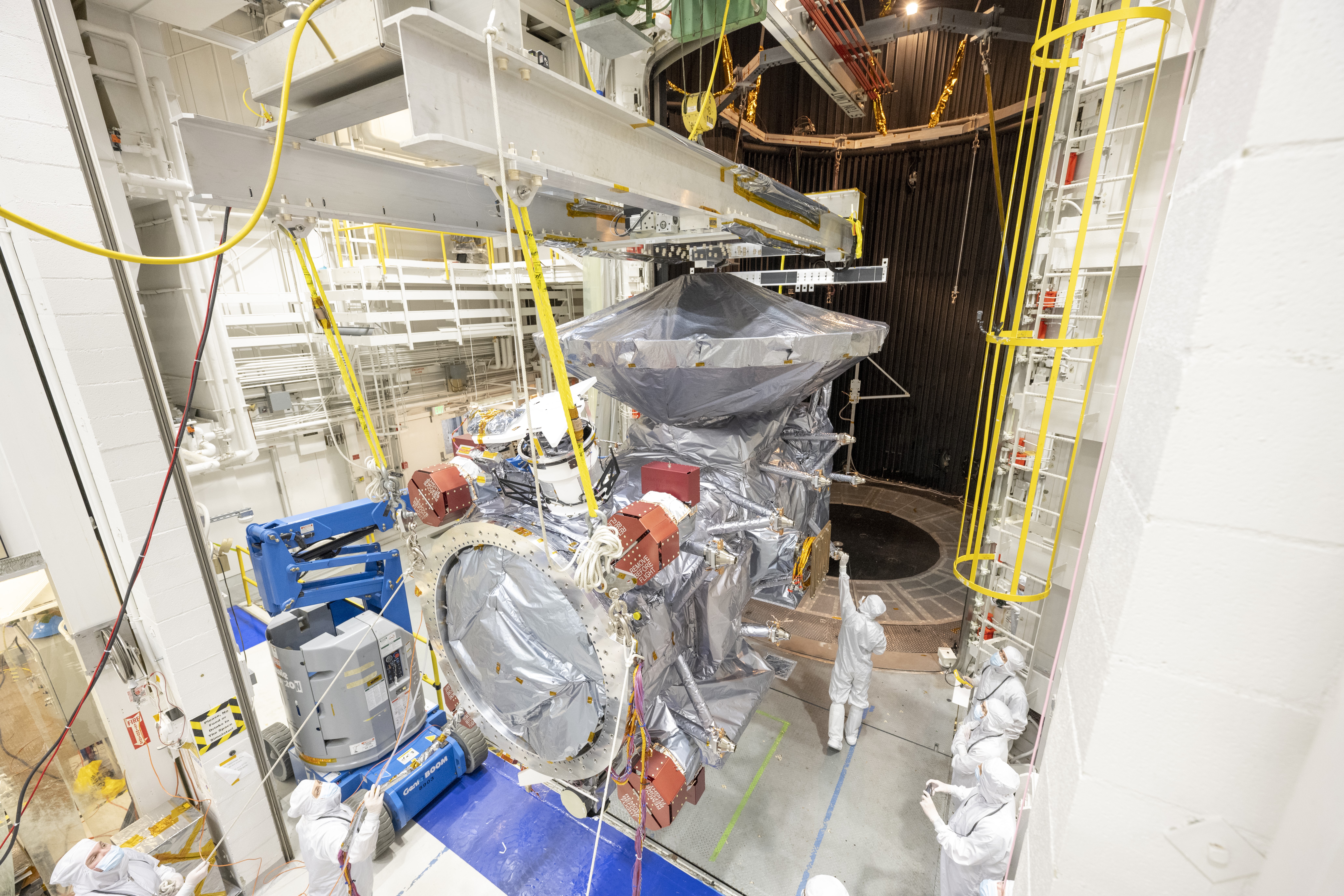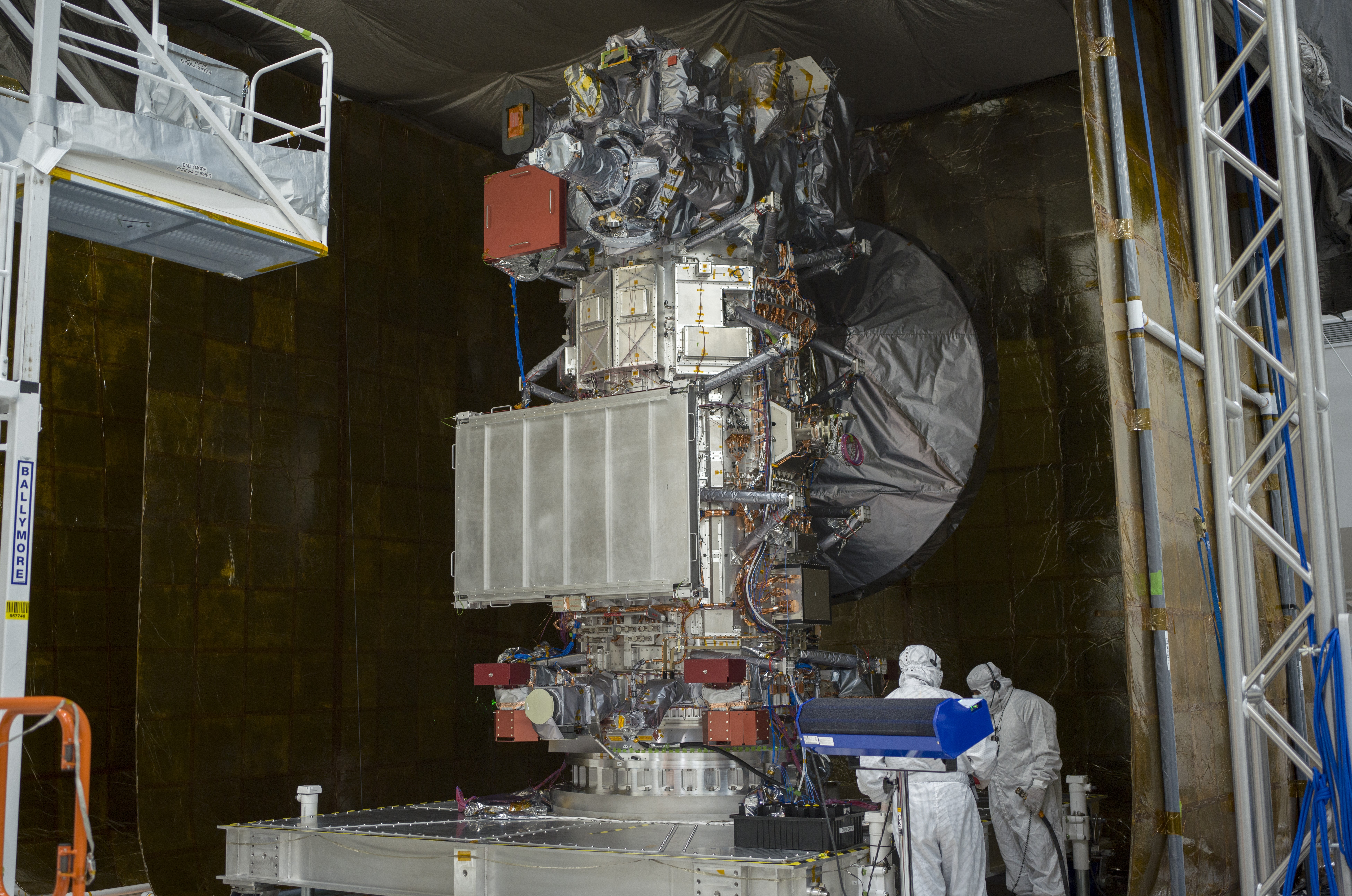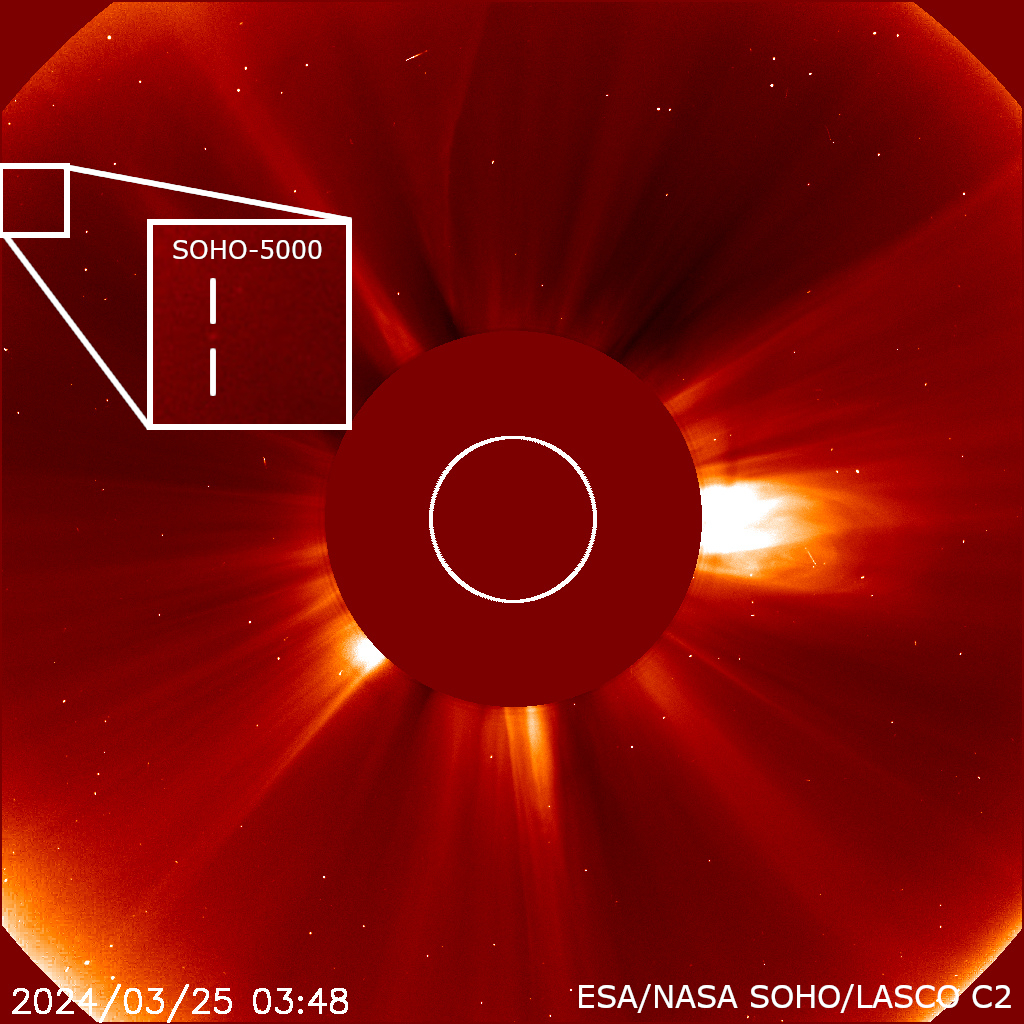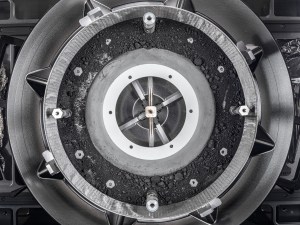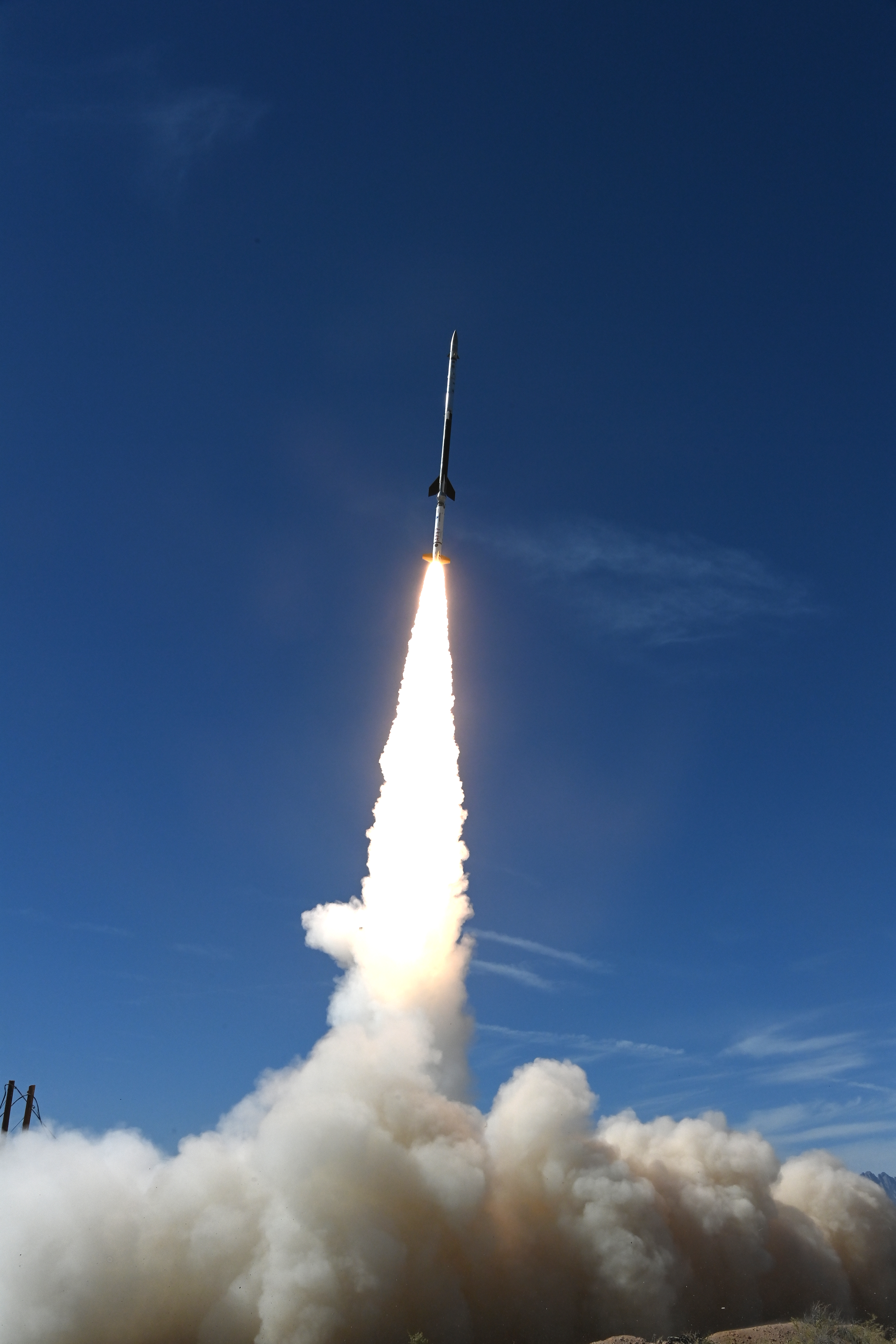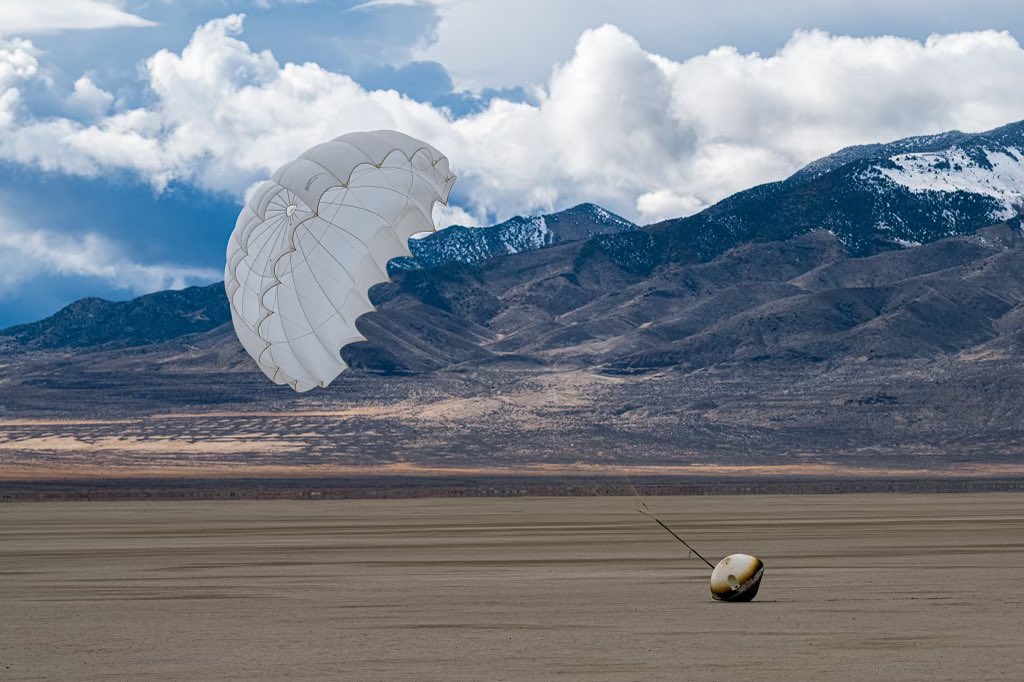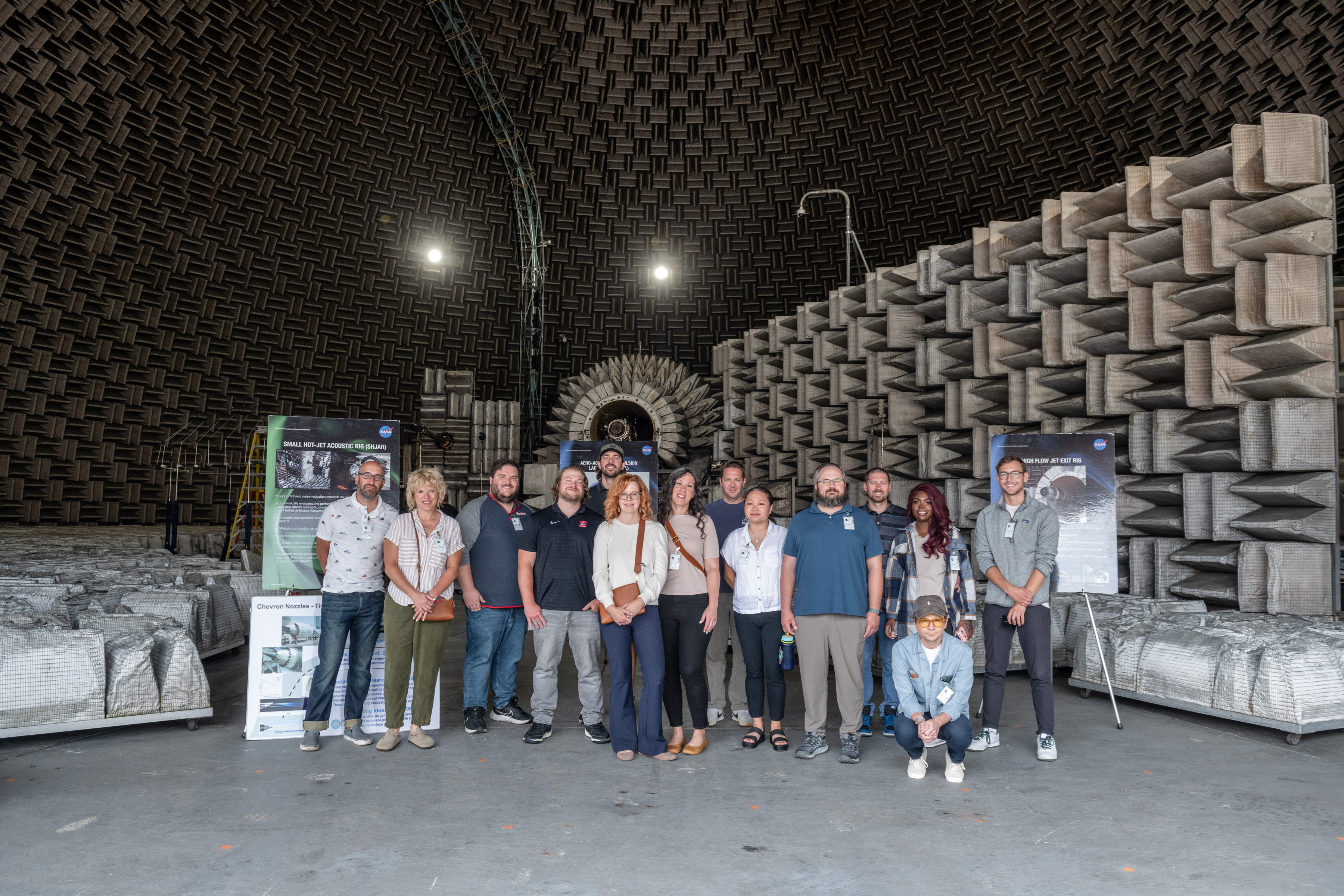NASA’s Europa Clipper Survives and Thrives in ‘Outer Space’ on Earth
A gantlet of tests prepared the spacecraft for its challenging trip to the Jupiter system, where it will explore the icy moon Europa and its subsurface ocean. In less than six months, NASA is set to launch Europa Clipper on a 1.6-billion-mile (2.6-billion-kilometer) voyage to Jupiter’s ocean moon Europa. From the wild vibrations of the […]
5 min read
Preparations for Next Moonwalk Simulations Underway (and Underwater)
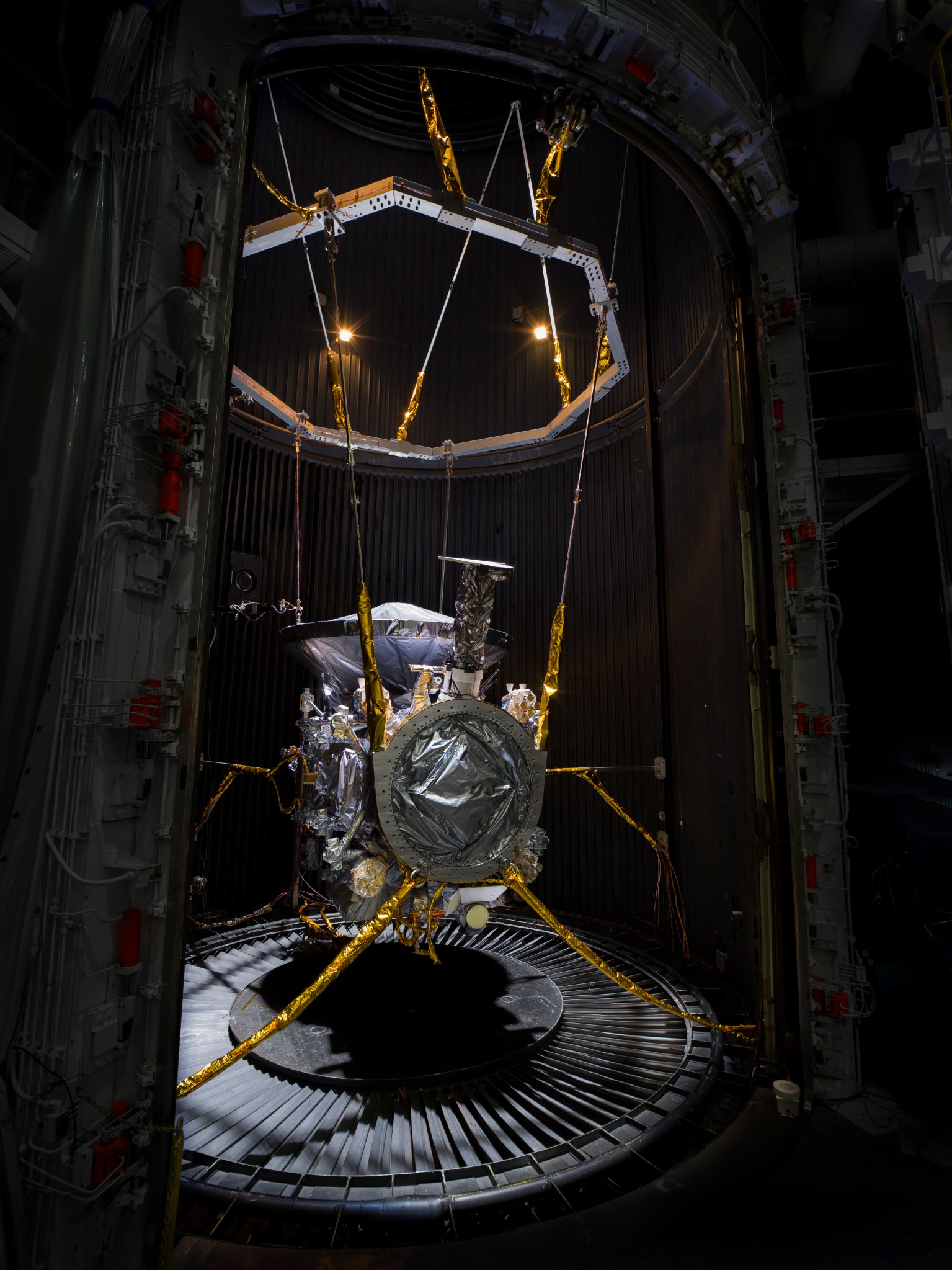
A gantlet of tests prepared the spacecraft for its challenging trip to the Jupiter system, where it will explore the icy moon Europa and its subsurface ocean.
In less than six months, NASA is set to launch Europa Clipper on a 1.6-billion-mile (2.6-billion-kilometer) voyage to Jupiter’s ocean moon Europa. From the wild vibrations of the rocket ride to the intense heat and cold of space to the punishing radiation of Jupiter, it will be a journey of extremes. The spacecraft was recently put through a series of hard-core tests at the agency’s Jet Propulsion Laboratory in Southern California to ensure it’s up to the challenge.
Called environmental testing, the battery of trials simulates the environment that the spacecraft will face, subjecting it to shaking, chilling, airlessness, electromagnetic fields, and more.
“These were the last big tests to find any flaws,” said JPL’s Jordan Evans, the mission’s project manager. “Our engineers executed a well-designed and challenging set of tests that put the system through its paces. What we found is that the spacecraft can handle the environments that it will see during and after launch. The system performed very well and operates as expected.”
The Gantlet
The most recent environmental test for Europa Clipper was also one of the most elaborate, requiring 16 days to complete. The spacecraft is the largest NASA has ever built for a planetary mission and one of the largest ever to squeeze into JPL’s historic 85-foot-tall, 25-foot-wide (26-meter-by-8-meter) thermal vacuum chamber (TVAC). Known as the 25-foot Space Simulator, the chamber creates a near-perfect vacuum inside to mimic the airless environment of space.
At the same time, engineers subjected the hardware to the high temperatures it will experience on the side of Europa Clipper that faces the Sun while the spacecraft is close to Earth. Beams from powerful lamps at the base of the Space Simulator bounced off a massive mirror at its top to mimic the heat the spacecraft will endure.
To simulate the journey away from the Sun, the lamps were dimmed and liquid nitrogen filled tubes in the chamber walls to chill them to temperatures replicating space. The team then gauged whether the spacecraft could warm itself, monitoring it with about 500 temperature sensors, each of which had been attached by hand.
Credit: NASA/JPL-Caltech
TVAC marked the culmination of environmental testing, which included a regimen of tests to ensure the electrical and magnetic components that make up the spacecraft don’t interfere with one another.
The orbiter also underwent vibration, shock, and acoustics testing. During vibration testing, the spacecraft was shaken repeatedly – up and down and side to side – the same way it will be jostled aboard the SpaceX Falcon Heavy rocket during liftoff. Shock testing involved pyrotechnics to mimic the explosive jolt the spacecraft will get when it separates from the rocket to fly its mission. Finally, acoustic testing ensured that Europa Clipper can withstand the noise of launch, when the rumbling of the rocket is so loud it can damage the spacecraft if it’s not sturdy enough.
“There still is work to be done, but we’re on track for an on-time launch,” Evans said. “And the fact that this testing was so successful is a huge positive and helps us rest more easily.”
Looking to Launch
Later this spring, the spacecraft will be shipped to NASA’s Kennedy Space Center in Florida. There, teams of engineers and technicians will carry out final preparations with eyes on the clock. Europa Clipper’s launch period opens Oct. 10.
After liftoff, the spacecraft will zip toward Mars, and in late February 2025, it will be close enough to use the Red Planet’s gravitational force for added momentum. From there, the solar-powered spacecraft will swing back toward Earth to get another slingshot boost – from our own planet’s gravitational field – in December 2026.
Then it’s on to the outer solar system, where Europa Clipper is set to arrive at Jupiter in 2030. The spacecraft will orbit the gas giant while it flies by Europa 49 times, dipping as close as 16 miles (25 kilometers) from the moon’s surface to gather data with its powerful suite of science instruments. The information gathered will tell scientists more about the moon’s watery interior.
More About the Mission
Europa Clipper’s main science goal is to determine whether there are places below the surface of Jupiter’s icy moon, Europa, that could support life. The mission’s three main science objectives are to determine the thickness of the moon’s icy shell and its surface interactions with the ocean below, to investigate its composition, and to characterize its geology. The mission’s detailed exploration of Europa will help scientists better understand the astrobiological potential for habitable worlds beyond our planet.
Managed by Caltech in Pasadena, California, JPL leads the development of the Europa Clipper mission in partnership with the Johns Hopkins Applied Physics Laboratory (APL) in Laurel, Maryland, for NASA’s Science Mission Directorate in Washington. APL designed the main spacecraft body in collaboration with JPL and NASA’s Goddard Space Flight Center in Greenbelt, Maryland. The Planetary Missions Program Office at NASA’s Marshall Space Flight Center in Huntsville, Alabama, executes program management of the Europa Clipper mission.
Find more information about Europa here:
News Media Contacts
Gretchen McCartney
Jet Propulsion Laboratory, Pasadena, Calif.
818-393-6215
gretchen.p.mccartney@jpl.nasa.gov
Karen Fox / Charles Blue
NASA Headquarters, Washington
301-286-6284 / 202-802-5345
karen.c.fox@nasa.gov / charles.e.blue@nasa.gov
2024-032
Share
Details
Related Terms
What's Your Reaction?



















.jpg?#)























